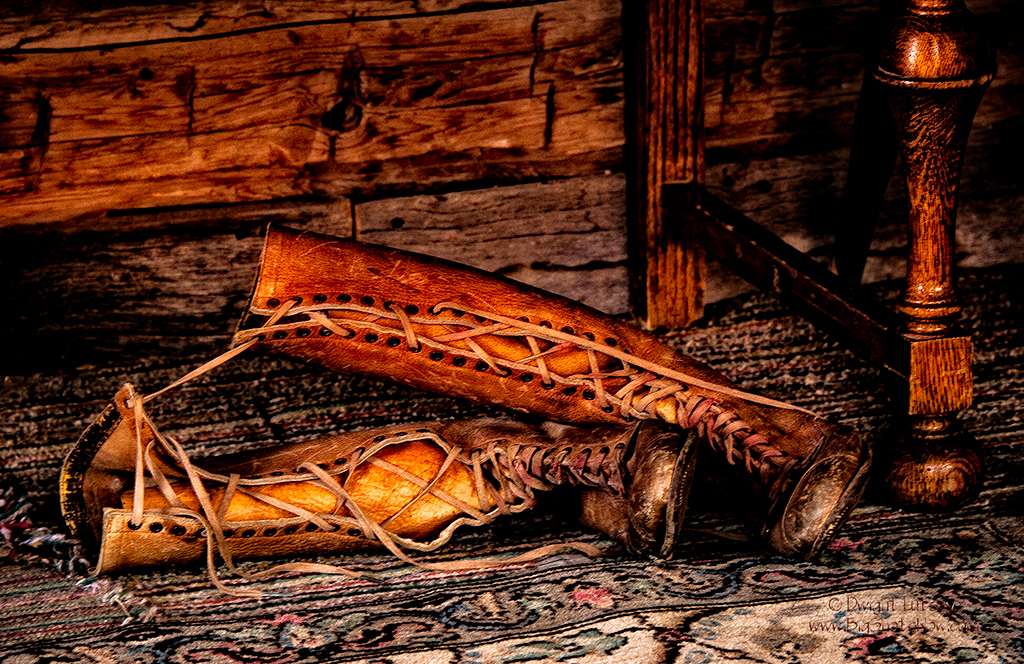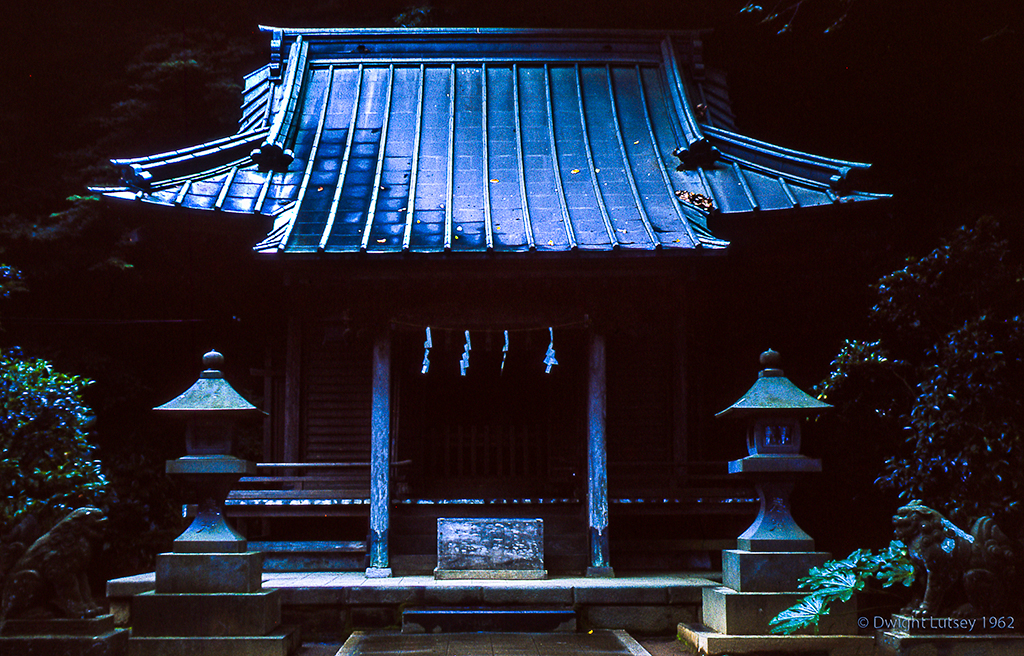Down near the Sangre de Cristo mountains in what would become Huerfano county, there was a small creek that ran out onto the plains. The creek had several names. Dead snake creek. Molly’s disaster. Coldwater. The name changed as often as new people arrived. Since much of this area hadn’t even been officially mapped you could name things any name you wanted. If you put up a wooden sign that made it even more official.
Where the creek came down from the mountainside there was a nice little valley. It was flat enough you could put tents up and nearby there were plenty of trees so you could have firewood handy and even make enough lumber from the small sawmill Lee Osgood brought with him from Northern Wisconsin. Soon a few rough sheds got stood up back off the creek aways. As time went on and the creek began to yield a little color more buildings were put up and it almost began to look like a little town.
It was about this time that a small family named Karl and Fannie Polokowski moved to the camp, which was then called Deadman’s Laughter after an incident where Ben Collins, the town drunk, stabbed a man named Jessimire Craigson to death in a fight over a bottle of Mescal. Mr. Craigson lingered for nearly three days and the sounds he made were close to what a man laughing would make, except much higher pitched almost woman-like. It was eerie and for several years after people would say they could hear Jessimire Craigson screaming in the night. Although that was almost for certain the wind coming down off the Sangre de Cristo mountains.
The Polokowski’s came to town in an old wagon weighted down with all kinds of farming implements as Karl had the idea he could farm some and provide the camp with fresh vegetables for a nice tidy profit. Unfortunately he hadn’t researched the area and didn’t know that it rarely rained here in what is the high desert, and the stream didn’t flow strong enough in the summer after the snow melt had run off to do much good for irrigation. After crop after crop failed he wound up selling most of his equipment to the local blacksmith who refashioned it into what ever the miners needed in the way of tools.
Fannie meanwhile took in washing and did some sewing and generally tried to help bring in some income to supplement the meager family income. It was 1887 that year and Karl thought he could go back to Wisconsin and convince a couple of his brothers to move out here and maybe they would build houses as there were plenty of miners but no builders around. The camp was getting bigger, what with families moving there and now there were kids and they needed a school, and a church, and all sorts of buildings so Karl ever the optimist set out to bring his brothers back.
There were still a few remnants of the Cheyenne and Arapaho’s around. Those that didn’t get scattered or killed as the settlers moved in. They lived off the land as they always had and were never in one place twice so they didn’t get rounded up and shipped off somewhere like the others. They were mostly friendly and easy to get along with as long as you didn’t give them any whiskey which of course Karl did, and as the night progressed they finished off the three bottles that Karl had with him and they finished off Karl too.
A couple of month’s went by and Fannie didn’t hear anything from Karl. She wrote a couple of letters to Karl’s brother Albert but he wrote back saying Karl never got there. It began to look grim for Fannie as she was nearly destitute and Karl’s brothers weren’t very forthcoming with money for her to come home. It soon dawned on Fannie that she was alone and would have to fend for herself. It was during this blackest of times for her that she began entertaining gentlemen callers. Things began a dramatic change for the better financially as she had to ask her friends for a dollar when they visited, but she didn’t do as well emotionally. She didn’t like the fact that she had to make her way through this life as a woman who took money from men. She began to sink into a deep depression and it only got worse as the winter dragged on.
It was a long about the first of March when the influenza hit the camp and it was a terrible time. Some of Fannies visitors were coughing and it wasn’t long before Fannie was too. One of her frequent visitors was the camp Doctor, one H.K. Atkinson, and after seeing how ill Fannie was left her a bottle of Laudanum, however he neglected to tell her what the dosage was, or if he did she didn’t pay attention, and she quickly downed the entire bottle. She was found the next morning.
It was a sad funeral being as it was hard digging in the camp cemetery that first week in march, the ground wasn’t even thawed good yet, and some of the local towns women raised a fuss about her being buried in the cemetery at all, next to good folk as it were, but they got that all settled by burying her way in the back, right on the fence line and only put up a wooden marker instead of a stone. Most of the town turned out and stood under the gray skies, feeling the brunt of the cold easterly wind and listened to the preacher say his words over her. He didn’t mention of course that he used to visit Fannie. There’s something deep down terrible about being laid to rest in that cold ground. It’s a wonder that a bodies soul could ever find peace wandering that bleak landscape. Some of the good towns women felt it was proper seeing as how she made her living, but then there’s always women like that. Even some men.
In a fit of ironically bad luck Albert and his wife Missielou, Karl’s brother and sister-in-law, arrived mid-June to take Fannie back with them to Wisconsin. Missielou had been after Albert all year about leaving Fannie out there all on her own and how they should do what the bible said and look after kin, even if it wasn’t by blood. So they planned this trip to surprise Fannie and bring her home. Too late, long, long too late. Missielou felt like they had sinned by not acting faster and berated Albert for not sending Fannie any money. Even Albert was worried he might have done damage to his soul by not being more helpful when Fannie had asked.
Albert and Missielou closed out Fannies cabin packing up what little was left after the good towns women has come down and helped themselves to the small amount of jewelry Fannie had collected. Strangely enough no one had taken Fannies prized lace-up boots. Fannie loved those boots as they were the ones Karl had bought for her before they left home to come out here. Apparently the local women had feet that were too big for them so they left them. Supposedly it was bad luck to wear dead peoples shoes anyway. Something about always walking in bad luck. But for sure, one of those women would have chanced that bad luck if those boots had fit. So Missielou packed them up for her daughter Beegee, who was about that size and took them back home with her.
Time went on as is it wont, and soon the creek gave out completely and no one saw any color for weeks, then months. The miners left and the town dwindled until one day a roaring wildfire feeding on the sage and rabbitbrush, swept through the buildings until nothing was left but the stones they used to set the building corners on. Temple, as the camp was now known, ceased to exist. The fire consuming everything in it path, burned over the cemetery, scorching the stones of the good people, and consuming all the wooden markers of the lesser folks, the drunks, the layabouts, some of the other women who entertained men that came after Fannie died. All but one that is. For some unknown reason Fannie’s wooden marker was only burnt a little where it stuck out of the ground. You could still read the writing on it real good. Fannie Polokowski A Friend To The Community 1874-1901 and that was that. The story of a small town and the story of a young woman gone. Alive now only in memories and maybe in that small wooden marker if it’s still there.



You must be logged in to post a comment.